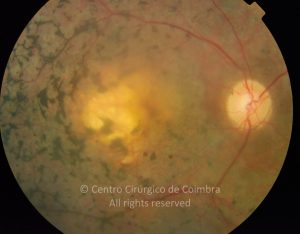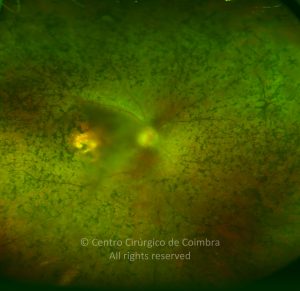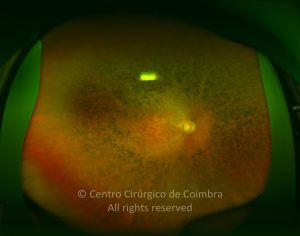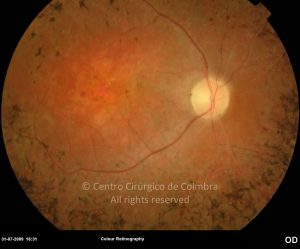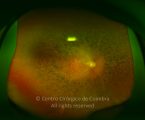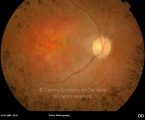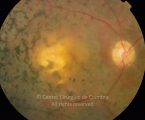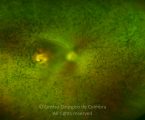Cone-Rod Dystrophies (CRD) are inherited progressive diseases that cause deterioration of the cone and rod photoreceptor cells and frequently lead to blindness.
The symptoms of CRD include an initial loss of color vision and visual acuity followed by nyctalopia and peripheral visual loss.
There is a wide variety of phenotypical expression of this group of disorders. Fundus findings at an early stage include a normal macula or macular RPE granularity. At later stages, the fundus picture discloses a pale optic disc, peripheral bone spicule-like hyperpigmentation and generalized atrophic changes of the peripheral retina. Attenuation of the retinal vessels evolves with disease progression.
Electroretinography shows the cone-isolated ERG waveform proportionally worse than the rod-isolated signal, and both are abnormal, progressing to complete extinction of detectable retinal activity using ISCEV guidelines.
Examples of genes associated with cone-rod dystrophies include the ABCA4 gene associated with Stargardt disease and the ALMS1 gene associated with Alström disease.





